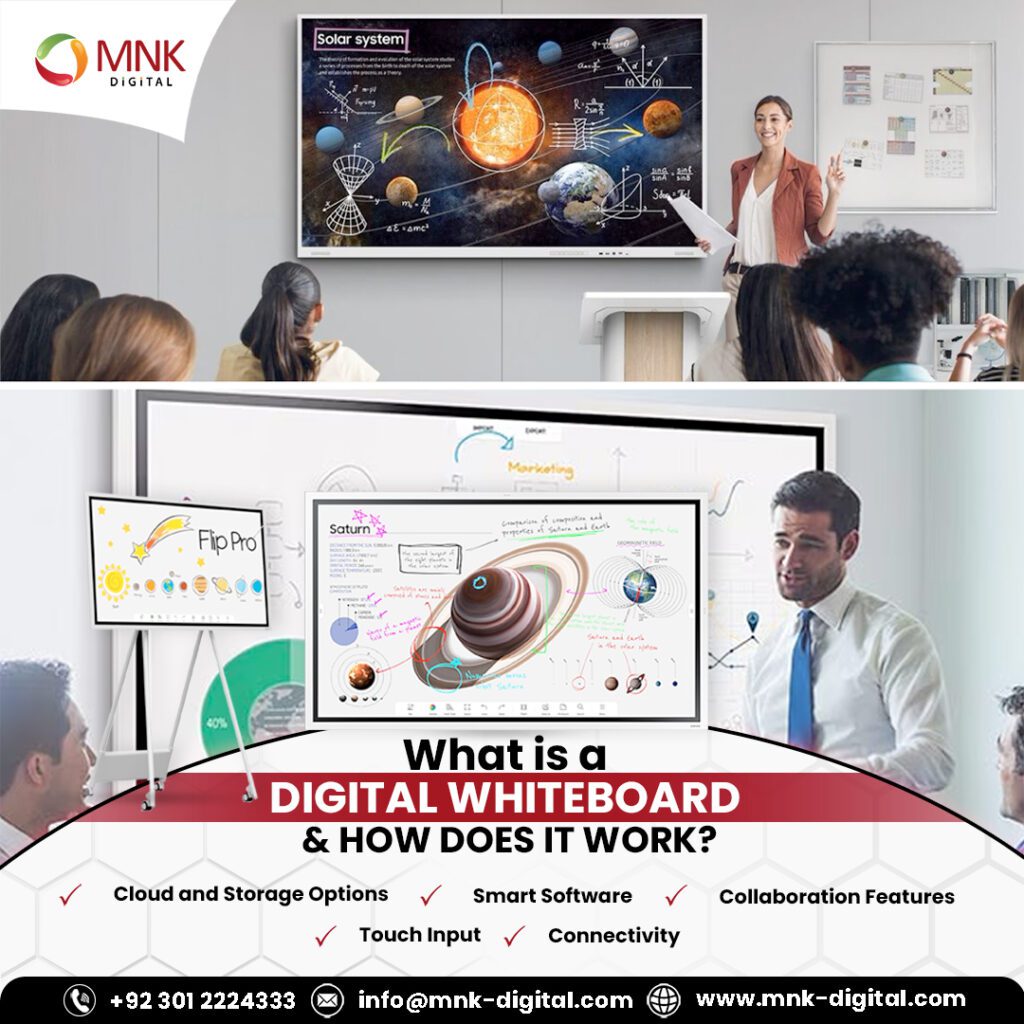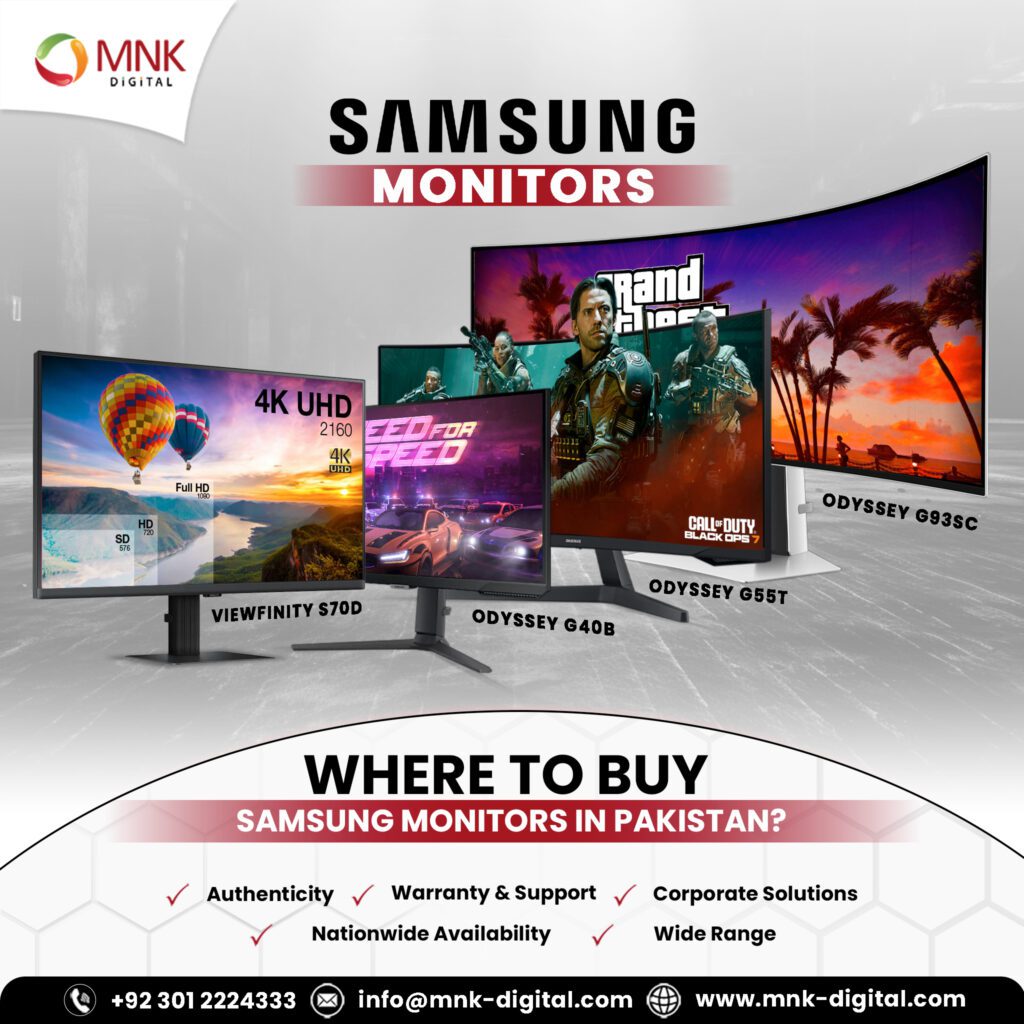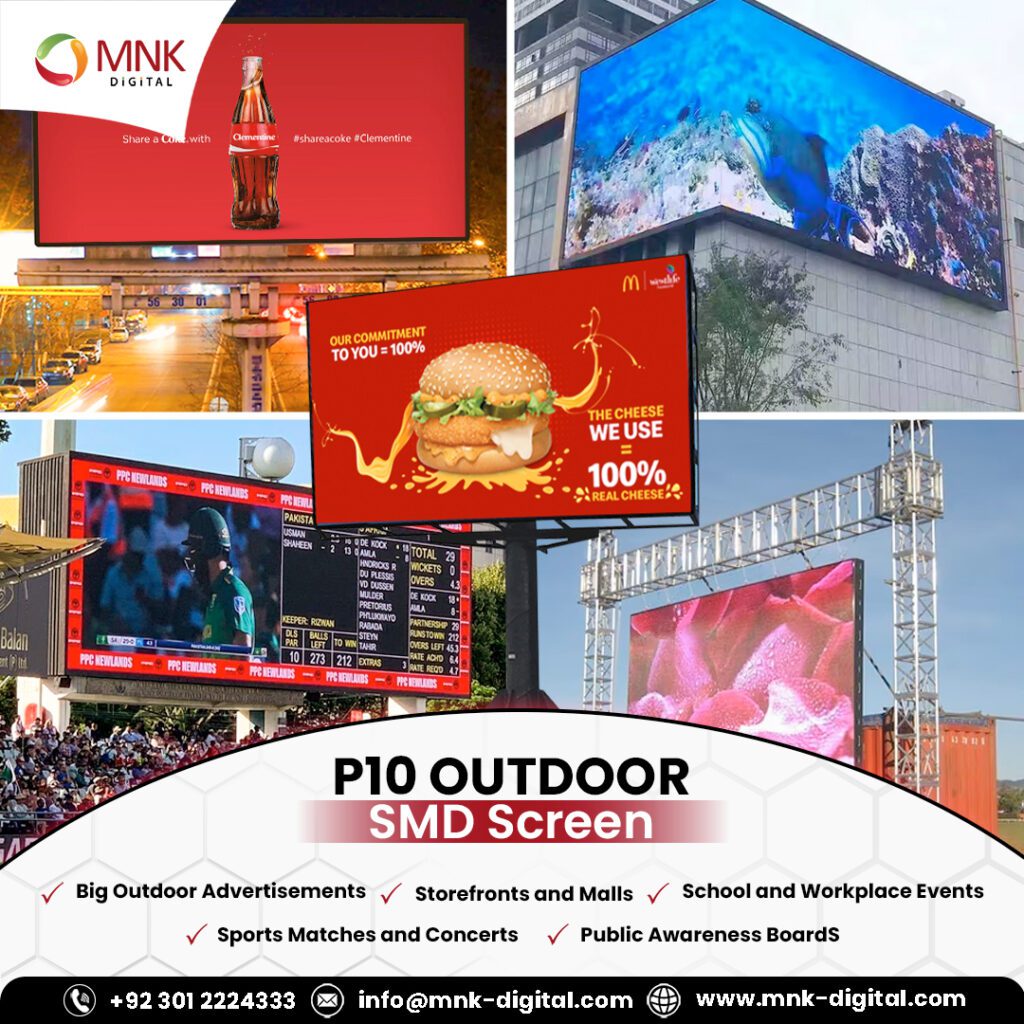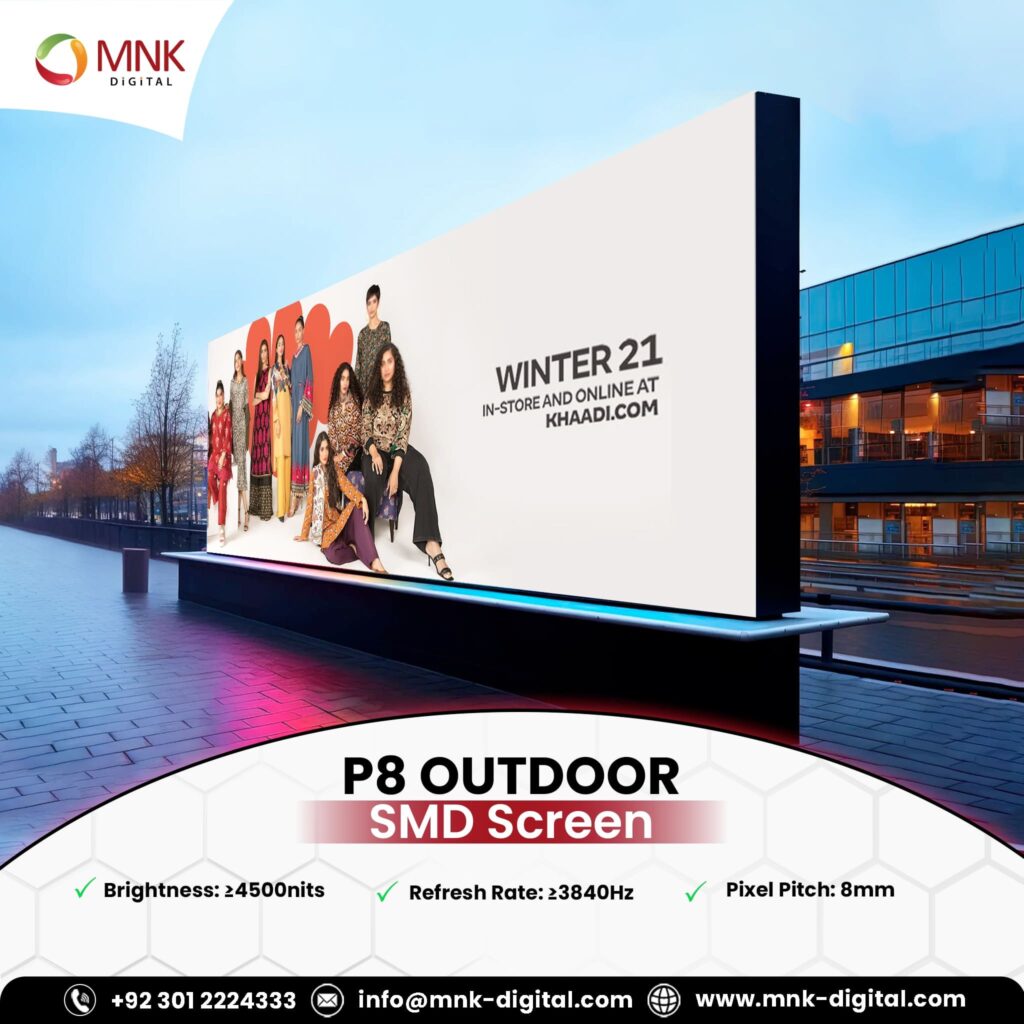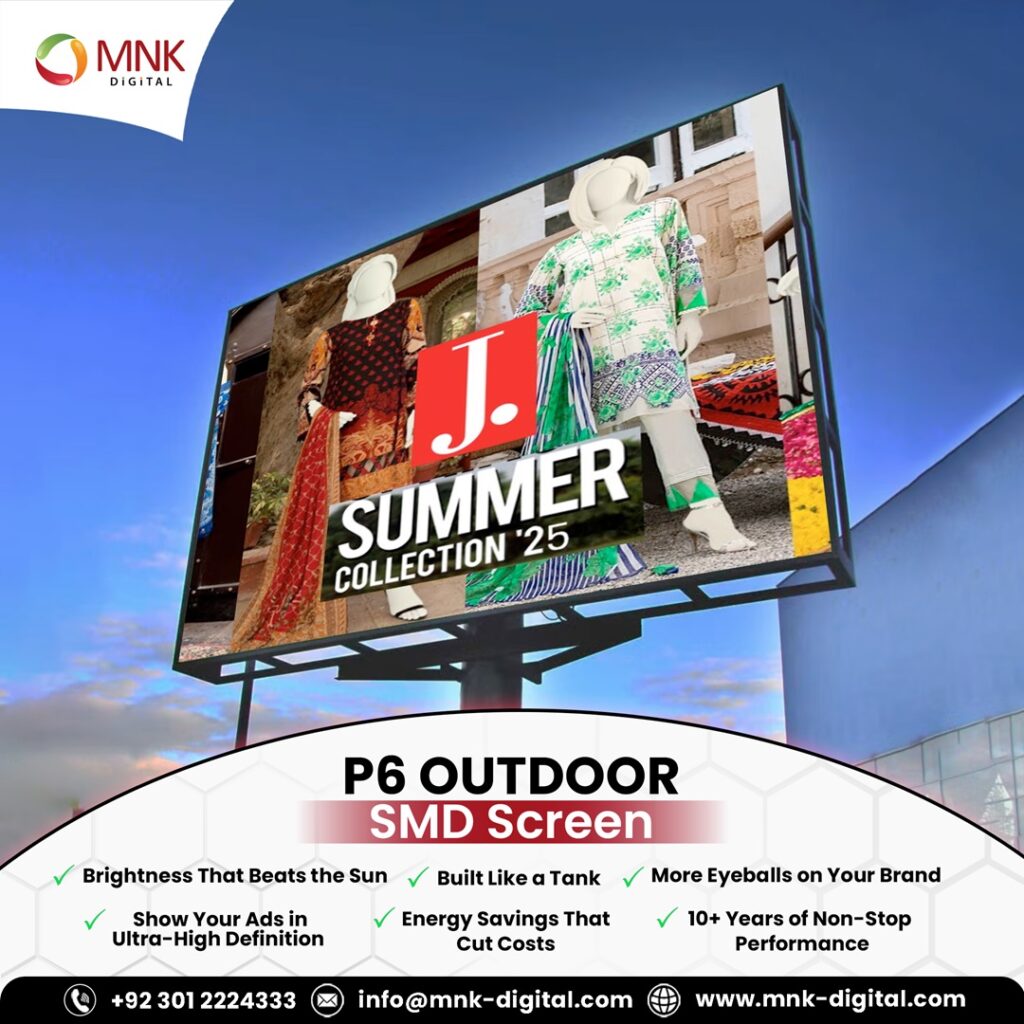When it comes to picking the perfect SMD Screen size for your needs, the options can be confusing. The endless benefits of SMD-supported screens can be seen everywhere. From P1.5 to P5 SMD screen, there’s a range of choices designed to meet diverse requirements.
Whether you are setting up an indoor display, creating outdoor advertisements, or designing an event backdrop, let’s break it down step by step to make your decision easy and stress-free.
Why Screen Pixel Pitch Matters?
Think of the popular saying, “Not every shoe fits every foot”.
Similarly, you can’t use a single-pixel pitch SMD screen for multiple purposes and environments.
Choosing the right SMD display pixel pitch size impacts the visual clarity, cost of the screen, and display purpose.
Visual Clarity: A smaller pixel pitch delivers crisp, clear images for close viewing, while larger pixel pitches are ideal for distant visibility.
Cost: Screens with smaller pixel pitches often cost more due to the higher density of LEDs.
Purpose: The use case—like indoor events, outdoor ads, or retail displays—greatly influences the size and resolution you need.
Also Read: Common Issues with SMD Screens and How to Fix Them
What Does “P” Mean in SMD Screens?
The “P” in SMD displays refers to the pixel pitch, which is the distance (in millimeters) between the center of two adjacent pixels. This number determines the screen’s resolution and viewing distance.
The popular SMD pixel pitches include P1.2, P1.5, P1.8, and P2.5 for indoor uses and P3, P4, P5, P6, P8, and P10 for outdoor uses. MNK Digital offers a whole range of both indoor and outdoor SMD screens in Pakistan at the best pricing.
Here’s the simple relation between pixel pitch and suitable viewing distance:
Smaller Pixel Pitch (e.g., P1.2): Higher resolution and closer viewing distance. It is best for indoor environments depending on certain factors.
Larger Pixel Pitch (e.g., P10): Lower resolution but better suited for long-distance viewing. Mostly outdoor environments.
How to Choose the Right SMD Screen Pixel Pitch?
Here are a few simple tips:
Define Your Purpose: This is the most important step. Is your screen for indoor or outdoor use? A conference room or a billboard?
Measure Viewing Distance: The further away your audience is, the larger the pixel pitch you can choose.
Check Your Budget: Smaller pixel pitches are pricier due to higher LED density.
Consider Brightness Requirements: Outdoor screens require higher brightness to combat sunlight.
Prioritize Durability: For outdoor use, ensure your screen is weatherproof and durable.
Key Features of Popular SMD Screens
P1.2 & 1.5 SMD Screens
P1.2 is the most premium and costly SMD display that is often used in indoor spaces where content readability is a major concern. However, P1.5 with comparatively low costs and fine image clarity similar to P1.2 is the hot pic of SMD users in Pakistan.
So, merging these two options, here are the features:
Resolution: Ultra-high resolution 256*128 and 208*104 dots respectively 256*128 dots
Best For: Conference rooms, control rooms, and indoor settings requiring detailed visuals.
Viewing Distance: Perfect for viewers seated just a few feet away.
Highlights: Ideal for small spaces, delivering stunning clarity for close-range applications.
P1.8 SMD Screens:
Resolution: High resolution 174*87 dots, balancing clarity and affordability.
Best For: Retail displays, premium indoor setups, and small digital signage.
Viewing Distance: Optimized for audiences within 5-10 feet.
Highlights: Sharp and impactful visuals without straining your budget.
P2.5 SMD Screens:
Resolution: Medium to high resolution 128*64 dots.
Best For: Indoor advertisements, presentations, and exhibitions.
Viewing Distance: Excellent for areas where viewers are 8-15 feet away.
Highlights: A great mix of performance and cost-efficiency, perfect for mid-sized indoor spaces.
P3 & P4 SMD Screens
Resolution: Standard resolution 104*52 and 62,500 dots respectively.
Best For: Outdoor advertisements, building facades, and roadside billboards.
Viewing Distance: Designed for distances of 20 feet or more.
Highlights: Weatherproof, highly durable, and visually striking from afar.
P5 SMD Screens:
Resolution: 64*32 dots balanced for long-distance viewing.
Best For: Outdoor advertising screens and large-scale installations.
Viewing Distance: Effective for audiences 25 feet or further away.
Highlights: Ideal for high-impact messaging in expansive outdoor environments.
P6 (Mid-Range Outdoor Screen)
Resolution: 32*32 dots
Best For: Medium-sized outdoor billboards, stadium displays, and event screens.
Viewing Distance: Ideal for 20–40 feet.
Features: Great balance of clarity and cost for outdoor ads. Excellent durability with high brightness for daytime visibility.
P8 (Large Outdoor Displays)
Resolution: 40*20 dots
Best For: Massive billboards, high-visibility outdoor advertisements, or digital hoardings.
Viewing Distance: Optimal at 30–50 feet.
Features: Cost-effective for large-scale, long-distance displays. High weather resistance and low maintenance costs.
P10 (Wide-Area Outdoor Advertising)
Resolution: 32 x 16 dots
Best For: Large roadside billboards, public spaces, or highway advertising.
Viewing Distance: Perfect for 40+ feet.
Features: Designed for ultra-large areas where resolution is less critical. Long lifespan and energy-efficient for large-scale campaigns.
Conclusion
Choosing the size of your SMD LED screen directly impacts the visual quality. Screens with large sizes and pixel pitches are good for visualization from a wide distance specifically in outdoor settings. On the other hand, smaller pixel pitches are good for indoor settings with short viewing distances. With better resolution, screens with lower pixel pitches produce good visual quality and readability.

